Horizontal Lifting Clamps HLC-FS and HLC-F
Part Numbers: 1605, 1606
The HLC-F and HLC-FS horizontal lifting clamps are designed to be used in pairs, in multiple sets, or in tripod configurations for the safe horizontal transport of steel plates.
Main Features:
- Largest Claw Opening (Model HLC-F): The HLC-F model has a larger claw opening, making it suitable for a wider range of applications.
- Design Level: These tweezers have a lightweight design, making handling and transport easier.
- Self-Adjusting Clamping Force: The holding force increases proportionally to the weight of the load, ensuring optimal grip and safety.
- Suitable Materials: These clamps are specifically designed to lift individual steel plates with a surface hardness below 30 Rockwell C (HRC) on the scale.
Important Notes:
- The listed capabilities are based on the use of two tweezers.
- The strands of the lifting chain/cable must not form an angle greater than 30° with the vertical.
Product Specifications:
HLC-FS Series
| Part Number | Load Capacity per Pair (t) | Jaw Opening (mm) | Dimensions (mm) | Weight (kg) | Product Code |
|---|---|---|---|---|---|
| HLCFS005 | 0.5 | 0-35 | 165 x 60 x 43 | 3.1 | 160500500 |
| HLCFS010 | 1 | 0-60 | 180 x 80 x 68 | 6 | 160501000 |
| HLCFS015 | 1.5 | 0-60 | 180 x 80 x 68 | 6.5 | 160501500 |
| HLCFS020 | 2 | 0-60 | 180 x 80 x 68 | 7.5 | 160502000 |
| HLCFS030 | 3 | 0-60 | 220 x 90 x 80 | 10 | 160503000 |
| HLCFS040 | 4 | 0-60 | 220 x 90 x 70 | 11.5 | 160504000 |
| HLCFS050 | 5 | 0-60 | 220 x 110 x 74 | 15.5 | 160505000 |
| HLCFS100 | 10 | 0-60 | 220 x 130 x 78 | 23 | 160510000 |
HLC-F Series
| Part Number | Load Capacity per Pair (t) | Jaw Opening (mm) | Dimensions (mm) | Weight (kg) | Product Code |
|---|---|---|---|---|---|
| HLCF010 | 1 | 0-100 | 180 x 80 x 120 | 7 | 160601000 |
| HLCF015 | 1.5 | 0-100 | 180 x 80 x 120 | 7.5 | 160601500 |
| HLCF020 | 2 | 0-100 | 180 x 80 x 120 | 9.5 | 160602000 |
| HLCF030 | 3 | 0-100 | 220 x 90 x 120 | 12 | 160603000 |
| HLCF040 | 4 | 0-100 | 220 x 90 x 120 | 14.5 | 160604000 |
| HLCF050 | 5 | 0-100 | 220 x 110 x 123 | 20 | 160605000 |
| HLCF100 | 10 | 0-100 | 220 x 125 x 120 | 28 | 160610000 |
Related Products:
- Talha Manual (Model CH-B)
- Lever Handle (Model LH-A)
- Push Cart (Model PT-FA)
- Polias para Carga Pesada
Safe Use Guidelines:
- Proper Handling: Always store and handle lifting clamps with care.
- Inspection: Inspect the clamps and related accessories before use and before storage.
- Correct Positioning: The clamps must contact the largest possible area of the steel plate.
- Center of Gravity: Position the clamps directly above the center of gravity of the load.
- Secure Attachment: Make sure the clamps are firmly attached to the steel plate before starting the lifting.
Always follow safety procedures during handling and lifting to ensure maximum safety.
Lifting Clamps – Handling and Safe Operation Guide
General Safety Precautions
Always make sure the load is fully supported before releasing the clamp.
Never:
- Do not use lifting tongs unless they are specifically designed for hard or polished sheets.
- Place shims between the plate and the caliper claws.
- Try to lift more than one plate with the same clamp.
- Reduce a load from vertical to horizontal, or vice versa, unless the clamp is designed for that operation.
- Do not carry vertical lifting clamps at an oblique angle.
- Force the lifting equipment hook onto the clamp eye.
Selecting the Correct Lifting Clamp
Vertical lifting clamps come in various capacities and designs. They can use levers, cam mechanisms, rollers, or screws to provide friction force on the plate. When selecting a lifting clamp, be sure to consider the following:
- The type of clamp (lever, cam, roller, or screw action).
- The capacity and the thickness of the sheet.
- If a lifting chain is necessary/recommended.
Note 1: Some clamp designs, particularly those with cam action jaws, require a minimum load and plate thickness to lift safely. Unless specifically directed by the manufacturer, the load should not be less than 20% of the Safe Working Load (SWL) and the plate thickness should not be less than 20% of the maximum thickness.
Note 2: Some lifting clamp designs are suitable for lifting plates from the horizontal to the vertical position, and a lifting chain may be essential to prevent the hook's weight from being applied to the clamp, which could cause it to come loose.
Storage and Handling of Lifting Clamps
Always store lifting clamps in a dry, clean, and corrosion-free environment. Avoid storing damaged or dirty clamps. Lifting clamps should not be dropped or thrown.
Using Lifting Clamps Safely
- Never use lifting tongs or defective accessories.
- Unless the manufacturer's instructions indicate otherwise, never use clamps for loads less than 20% of the SWL or for sheet thicknesses less than 20% of the maximum.
- Make sure the clamp is positioned correctly. Position the clamps directly above the load center of the plate. For long plates that are prone to bending, use two clamps positioned symmetrically around the center of gravity and use a spreader beam. Make sure no clamp exceeds its SWL.
- Make sure the clamp is fully engaged on the sheet. Never insert wedges between the sheet and the claws or try to lift more than one sheet with the clamp.
- Avoid using tweezers at an angle to the edge of the sheet or to lift from vertical to horizontal, unless the tweezers are specifically designed for that purpose.
- Avoid contact of oil, grease, or other contaminants with the caliper claws that use friction materials to hold the plate.
Inspection and Maintenance During Use
The lifting clamps must be cleaned regularly and any moving parts must be lubricated according to the manufacturer's guidelines. This is particularly important for clamps with smooth jaws and friction material coatings.
Care must be taken to ensure that the friction material does not come into contact with lubricants during use.
It is important to regularly inspect the lifting clamps. If any of the following failures are observed, the clamps must be delivered to a qualified professional for a complete inspection: wear, damage, or deformation of the fixed or movable jaws; signs of openings or cracks in the structure; bent, worn, or loose pins and screws; deterioration of the friction material; damage or failure of the lock; twisted, worn, or jammed tightening threads; visible corrosion; or illegible markings.
Notice: The teeth of the dies must not be cut or re-sharpened, unless expressly approved by the manufacturer.







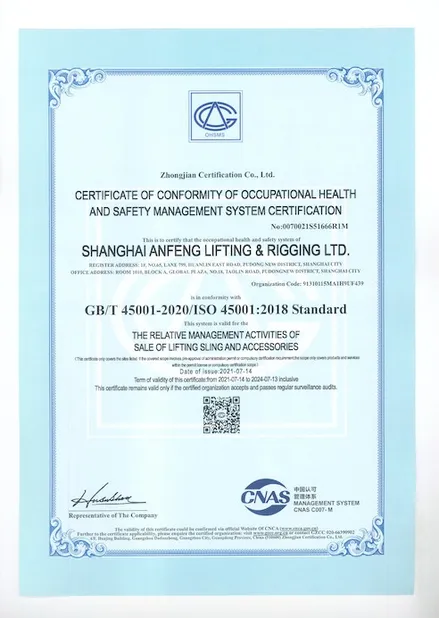
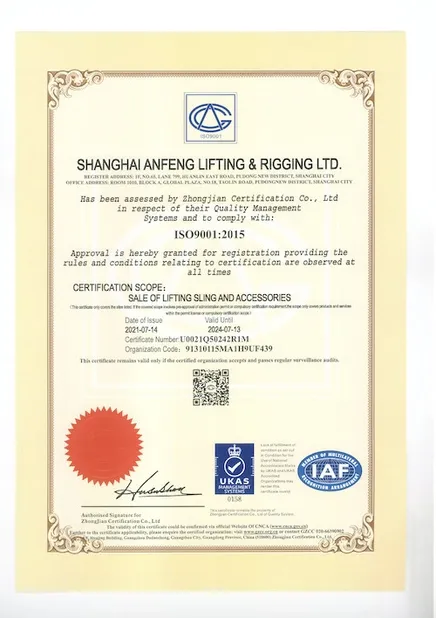
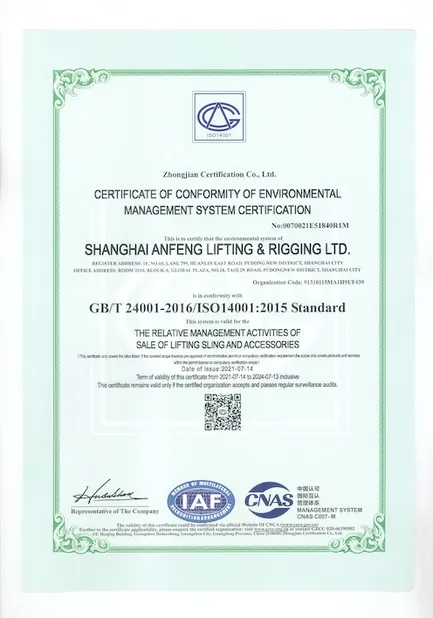


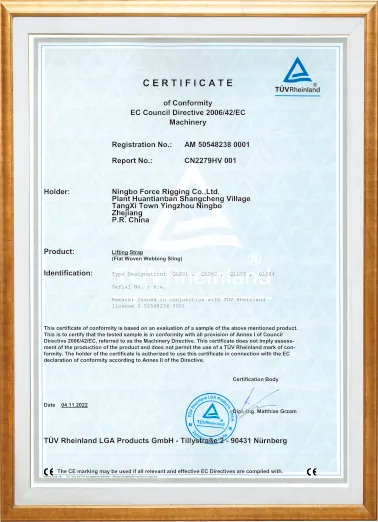
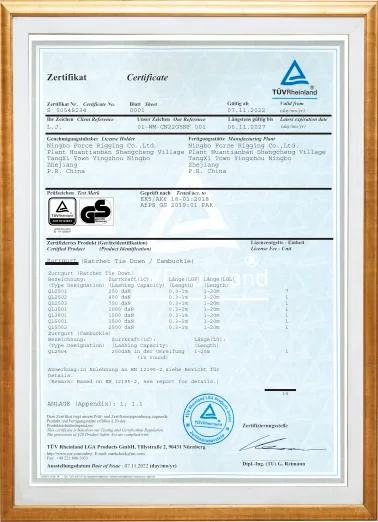
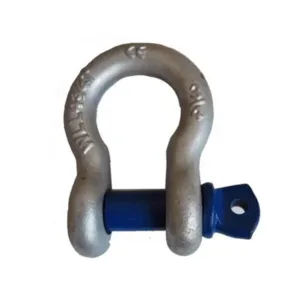
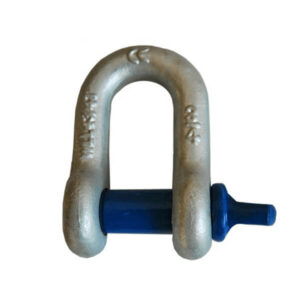
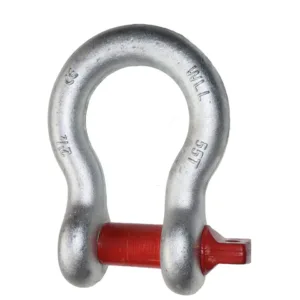
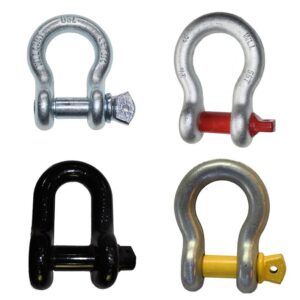

Reviews
There are no reviews yet.